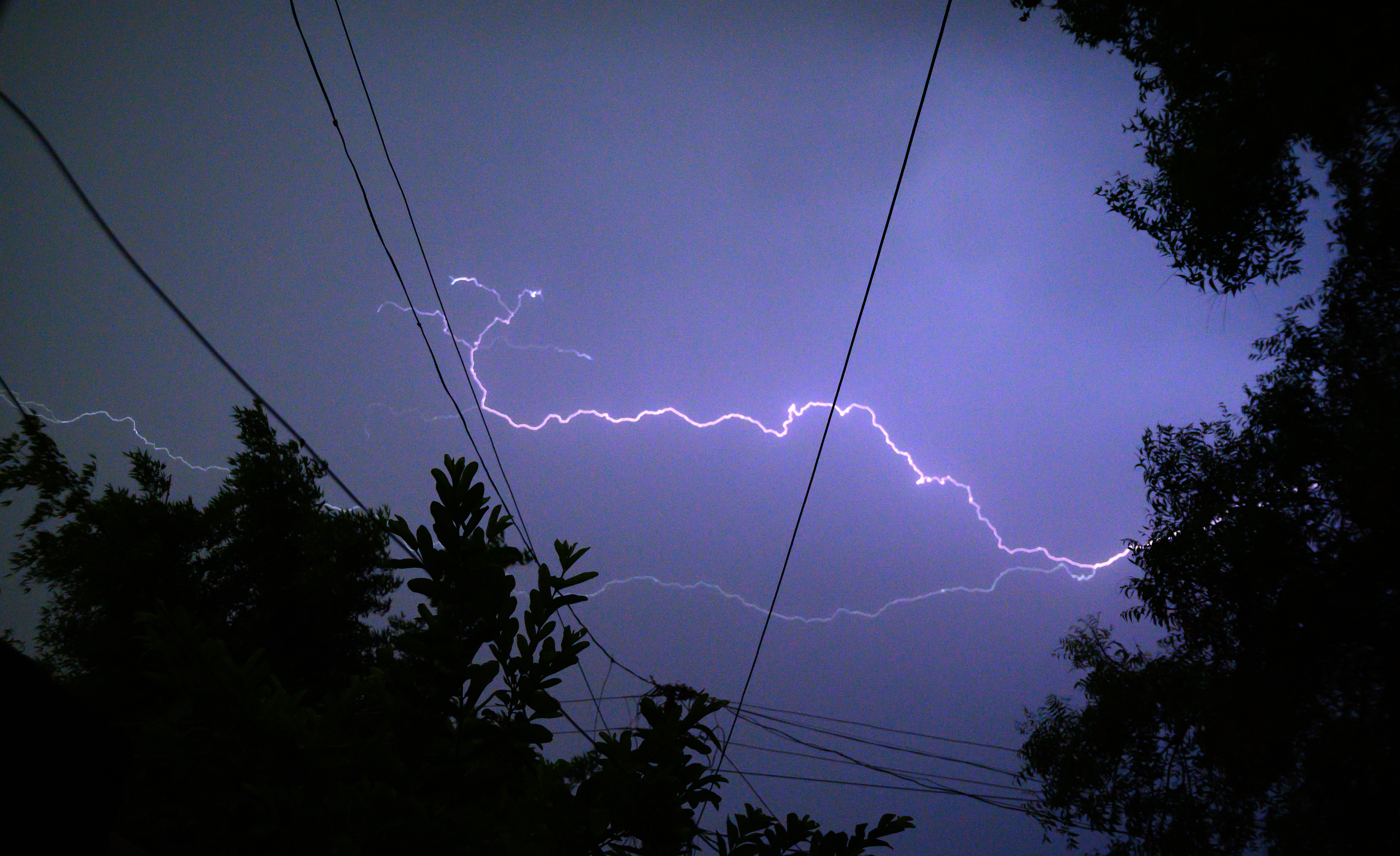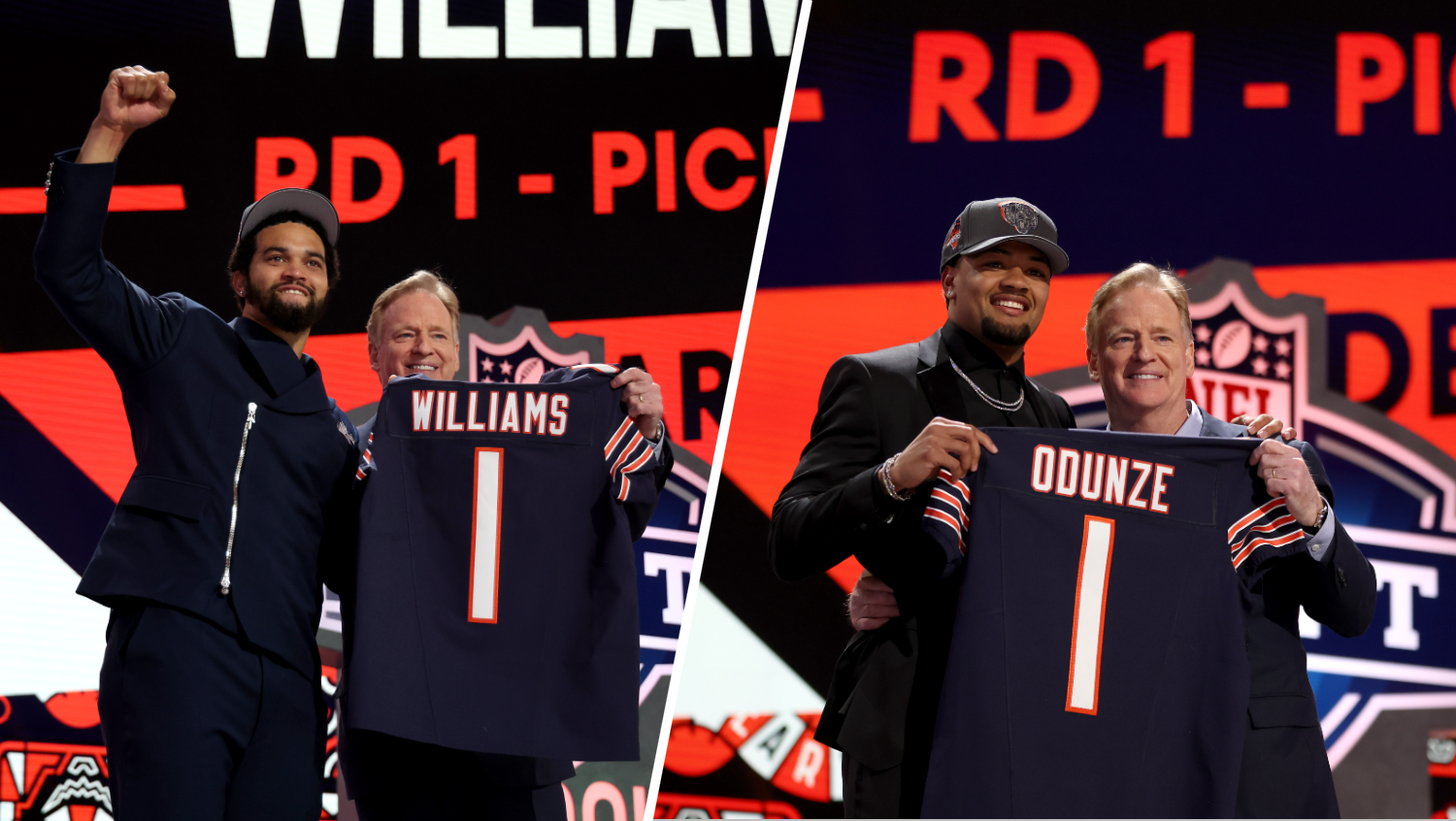Note: The news conference can be watched live in the video player above beginning at around 2:30 p.m.
Chicago's top doctor is set to deliver an update on the city's COVID-19 data and vaccinations after the city surpassed the threshold of 400 average new cases of COVID-19 diagnosed per day.
Chicago Department of Public Health Commissioner Dr. Allison Arwady is set to give the update at a news conference at 2:30 p.m. at City Hall, according to CDPH. She will be joined by CDPH's Medical Director Dr. Geraldine Luna and Department of Business Affairs and Consumer Protection Acting Commissioner Kenneth Meyer.
They will "provide an update on COVID-19 case data and vaccinations, and the city’s response to average daily case rates that now top 400," CDPH said. The news conference can be watched live in the video player above.
Feeling out of the loop? We'll catch you up on the Chicago news you need to know. Sign up for the weekly Chicago Catch-Up newsletter here.
Chicago was averaging 419 new COVID-19 cases per day as of Monday, according to city data. That metric was up from 347 the week before, having grown by 21% in the past week.
That figure is also more than 12 times the low of 34 that the city saw in late June, before cases began to rise again, but remains lower than the more than 700 new cases per day the city was seeing at the peak of the last surge earlier this year.
On July 19, Chicago's average daily COVID case rate was at 132, meaning the number of average new cases per day has more than tripled in the past four weeks.
Local
While cases continue to steadily rise, other metrics have not been increasing at the same rate, city data shows.
Hospitalizations in Chicago are down 18% from last week while deaths are down 24%, per the city's data. But the positivity rate in testing is up to 4.3% this week, an increase from 3.8% last week, which was up each week since it was at 1% a month ago.
The average of 419 new cases per day recorded Monday is over the threshold of 400 that Arwady said just over a year ago "really marks line in the sand" to bring back restrictions to slow the pandemic's spread.
City officials cited that metric last year in announcing that Chicago Public Schools would begin the 2020-2021 school year with fully remote learning.
That figure of 400 cases per day is also the equivalent of the threshold Chicago officials use to determine if states should be added to the city's travel advisory, recommending unvaccinated individuals entering the city from those areas test negative for COVID-19 or quarantine upon arrival.
"It's the equivalent of needing to go back to a phase three, really pulling back on major activities," Arwady said in August 2020, before any of the three vaccines currently in use were available.
But Arwady said Tuesday that vaccines have changed the way the city approaches that metric of average daily case rate, taking other data into account in its evolving pandemic response.
"So we actually have not changed any of those cut offs at any point throughout COVID," Arwady said during a Facebook Live broadcast Tuesday, responding to a question about her previous comments on 400 being a "line in the sand."
Arwady said that over 200 cases per day puts Chicago in the category of "moderate" or "substantial" transmission, per the Centers for Disease Control and Prevention, while more than 400 cases per day moves the city into the "higher risk setting for transmission."
"When we get over 800 cases a day, that's the highest risk setting, but I want to be clear that that risk is especially for people who are unvaccinated," Arwady continued. "And so, as vaccine has come into the picture, what we've seen is that the other indicators that we follow have actually stayed at that lower risk level. Yes, our percent positivity is over 4% but while we're under 5%, we actually are in that lower risk category, not even the moderate. CDC defines anything under 10% positivity as in that moderate. Our hospitalizations or deaths remain low. And that is because vaccine is available for adults, it is older unvaccinated adults who continue to account for the majority of our severe outcomes and that's where a lot of our focus has been."
"I've been really careful to try not to change those lines, to try not to change those data," she added. "I know it can feel like things are just moving all the time and where are they, but those risks are based on if you're out and about in Chicago, how likely is it that you will potentially encounter somebody with COVID, and it's not only about cases it's also about positivity."
Mayor Lori Lightfoot warned last month that reaching over 200 new cases per day would be the threshold at which the city might reinstate a mask mandate - then later backed off that assertion.
"Well, look, if we get back into an area where we feel like we’re in a red zone, which we are working very hard to make sure that our daily case rate is below 200, if we start to see consistently going over that, we’re not only going to look at a mask mandate, but we’re going to look back at other tools that we’ve been compelled to use," Lightfoot said in an interview with the New York Times. "I hope we don’t get there. What we’re going to keep focusing on is pushing the vaccine. But my number one priority is to keep people safe."
The Centers for Disease Control and Prevention updated its guidance late last month to recommend that fully vaccinated people wear masks in indoor settings again in areas of the U.S. that are seeing "substantial" or "high" transmission of COVID-19.
Chicago, as well as 98 of Illinois' 102 counties, is seeing "high" transmission, triggering the recommendation to wear masks indoors, regardless of vaccination status.



